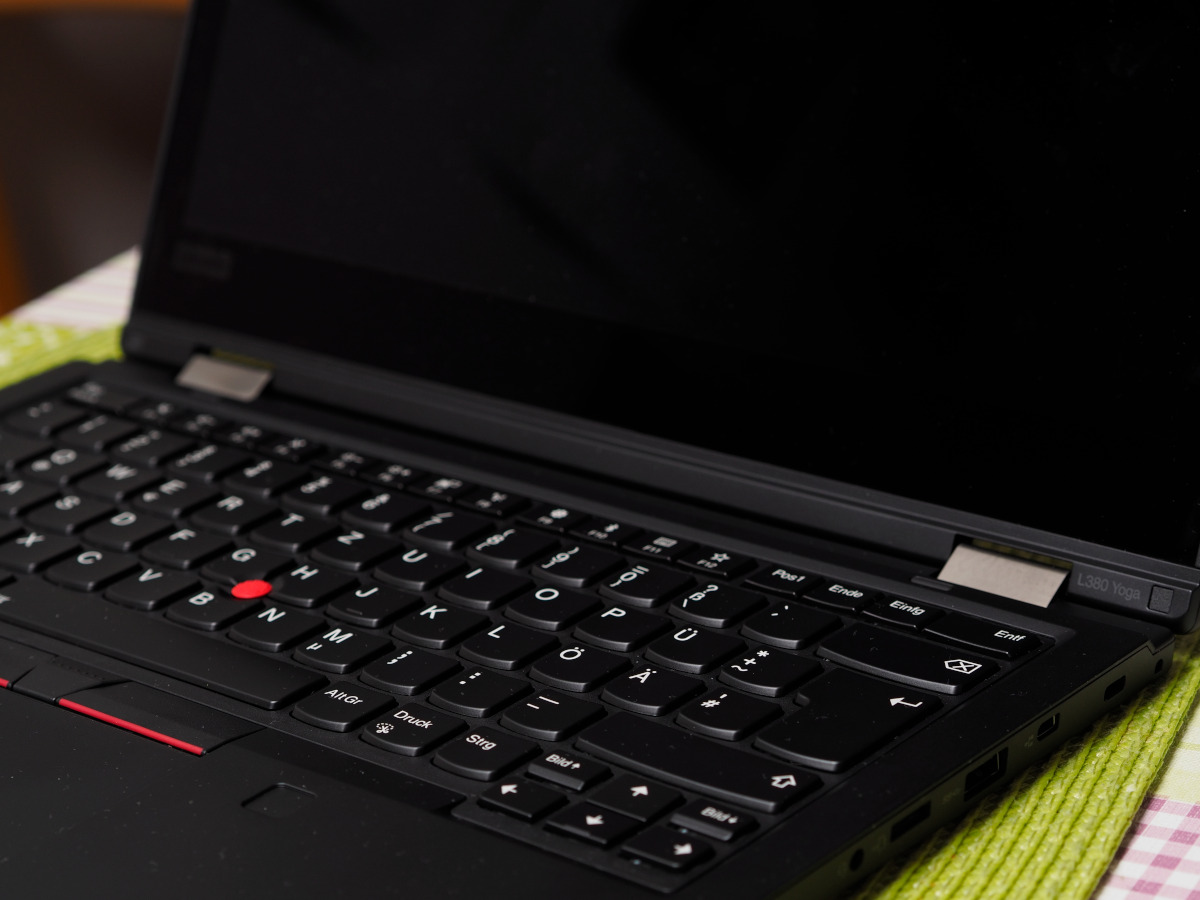I don’t have a mobile phone. Or rather, I didn’t – and still have none that I would describe and use as such. That is why I gave my mobile phone which I once received from my wife (after buying her a new one) back to her to send it to Malaysia when the one of a relative there failed.
Except it never reached its destination. Turns out that you cannot send battery-containing devices to relatives, they will be returned to you; too dangerous to send such potentially explosive devices.
So the phone – my old phone which I never really used or liked – came back and was laying around in our house with us not really sure about what to do with it.
Thinking about such devices I thought that having had it as a remote control for my camera was ok, having it as a phone just laying around doing nothing except updating itself was a waste of time and money. So what about…
… I thought about saving that SIM card, didn’t want to have another costly (and for me at least, useless) “Flatrate” (which isn’t, so the word itself is a lie already). Oh, and I also didn’t fancy being tracked by Google or other “Enterprise” grade companies to give them even more data, and as such, more power and money. What if…
… using just our network router and WiFi instead of a cellphone network? Works.
… using an Android phone without using Google? Doesn’t really work, all you have when you start such a device is Chrome – a browser developed by Google. If you want another one, sure, you can download it – using Chrome. After doing that? Adieu Chrome. Works.
But. And that’s a big ‘But’. Google makes it really hard – no way to use their app store without having (or using) a Google account which you might have already, or maybe not. But without any form of login to Google, no downloads. If you don’t wanna play with them, they won’t play with you.
So I ‘duckduckgo’ed (‘duckduckwent’?) around using Chrome for a while, assuming that I could be a user who actually has nothing else than this phone, and a hotspot. And I found:
F-Droid (link is to its English Wikipedia page). That’s a free store with free (and open source) apps which doesn’t even ask for a login. Perfect.
Except that now I found an app like Firefox Klar (link is to its English Wikipedia page, internationally it’s slightly different and called ‘Firefox Focus’ instead), but I still didn’t have any access to non open source apps like the one from my camera maker, Olympus.
So I also installed Aptoide (link again, you guessed it, to the English Wikipedia page which describes it) which is more or less the father of F-Droid (the latter being a ‘fork’ as it is called in software development).
And with using Aptoide I also got the Olympus apps like the one for remote-controlling my camera. Perfect.
So what I have now is more or less equivalent to a small tablet PC with no cellphone access (except for emergency calls), without any contract, and without using Google too much (at least not being logged into any of their services, even updates for Google apps come via Aptoide instead).
So I can surf while sitting on the couch, or listen to Wikiloops outside of the living room. And I can remotely start and stop videos on my camera which might be outside on the veranda, filming birds or whatever. And I can tune my guitar and bass (or Zuleikha’s Ukulele, but that has a built-in tuner) with the device and Cythara.
Perfect.
And as always, thanks for reading.




